You may not give a lot of thought to glass bottles — at least when they're empty.
Sure, they may look nice, and sunlight coming through colored glass is something that's delighted people for centuries, but at the end of the day, your wine and soda bottles, and jam and sauce jars probably end up in the recycling bin.
After all, there are only so many glass bottles you can store — even though everyone knows glass Mason jars are perfect for DIY crafts and recipes, not least of all this summery, delicious (and beautiful) white sangria. Some of them have to go, right?
Well, before you clear out those cool old bottles you found at the antique store, take a good look at them. They might be older — and more valuable — than you think.
Antique glass bottles are a huge collector's item these days. They can be found at yard sales or antique shops, or even dug up from the ground as old landfills are excavated. And in the days before plastic, everything came in glass, so the types of bottles you can find are endless!
As with anything, some bottles are more valuable than others. How do you know if you're sitting on some unexpected treasure? These tips will help you find out!
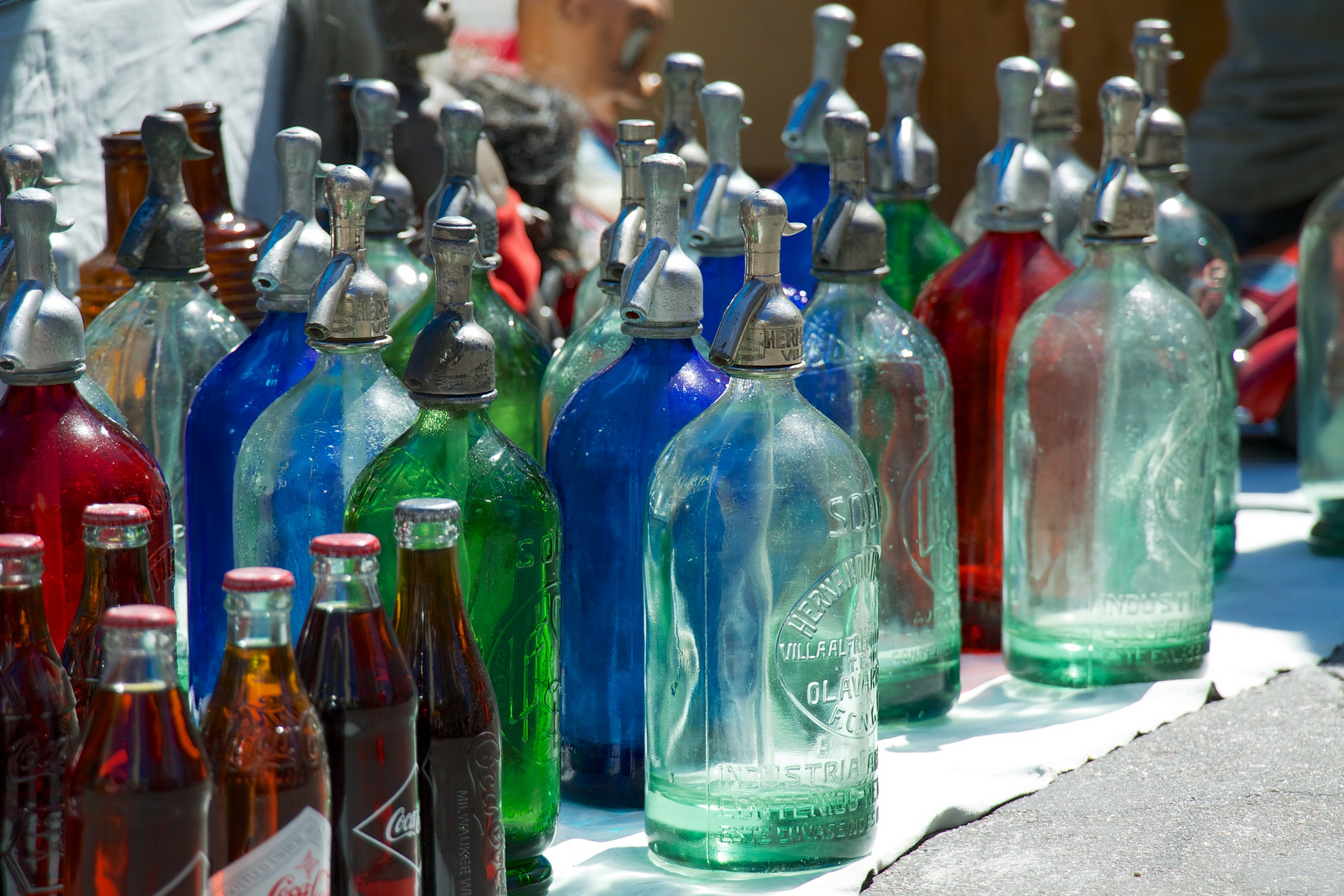
Glass is a great collector's item for a number of reasons. For one thing, it lasts forever if the item is kept intact.
For another, designs on the glass tell us a lot about history, technology, and even advertising.
So what do you need to look for?
1. Color
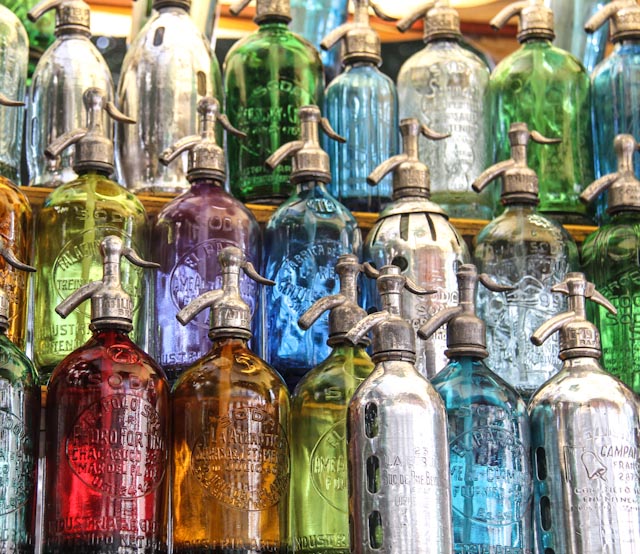
There's nothing quite as eye-catching as brightly colored glass.
Any colored glass is going to be more valuable than clear glass, simply because of the extra labor involved. In fact, some colored glass bottles can be worth up to $1,000 each.
Commonly found colors like dark green, aqua, amber, and light green won't be worth much. Rarer colors like dark blue, purple, red, and yellow tend to be worth more.
2. Age

Like with most things, the older the bottle is, the more valuable it will be. Experts can tell a bottle's age by looking at its bottom.
Older bottles that were handblown have a mark on the bottom from the glassblowing tool. Depending on the shape of the mark, historians can tell roughly from what period the glass comes.
After the 1900s, bottles were made by machine, and will have seams instead of marks.
3. Labels and Designs
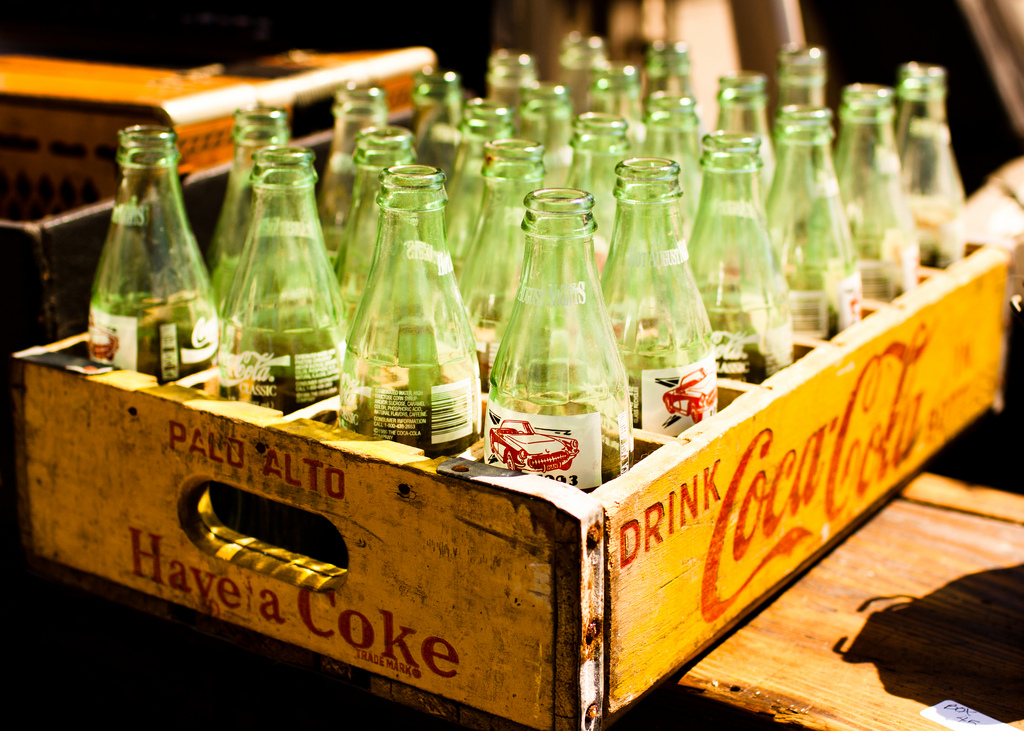
A label on a bottle can be even more valuable than the bottle itself. They also make the bottles easier to identify and date, thanks to their design and descriptions.
Similarly, designs molded into the glass can tell us a lot about the bottle's origins.
4. Condition

Obviously, the better shape a bottle is in, the more it will be worth. Chips, cracks, blemishes, and signs of wear will bring the price down.
5. Rarity
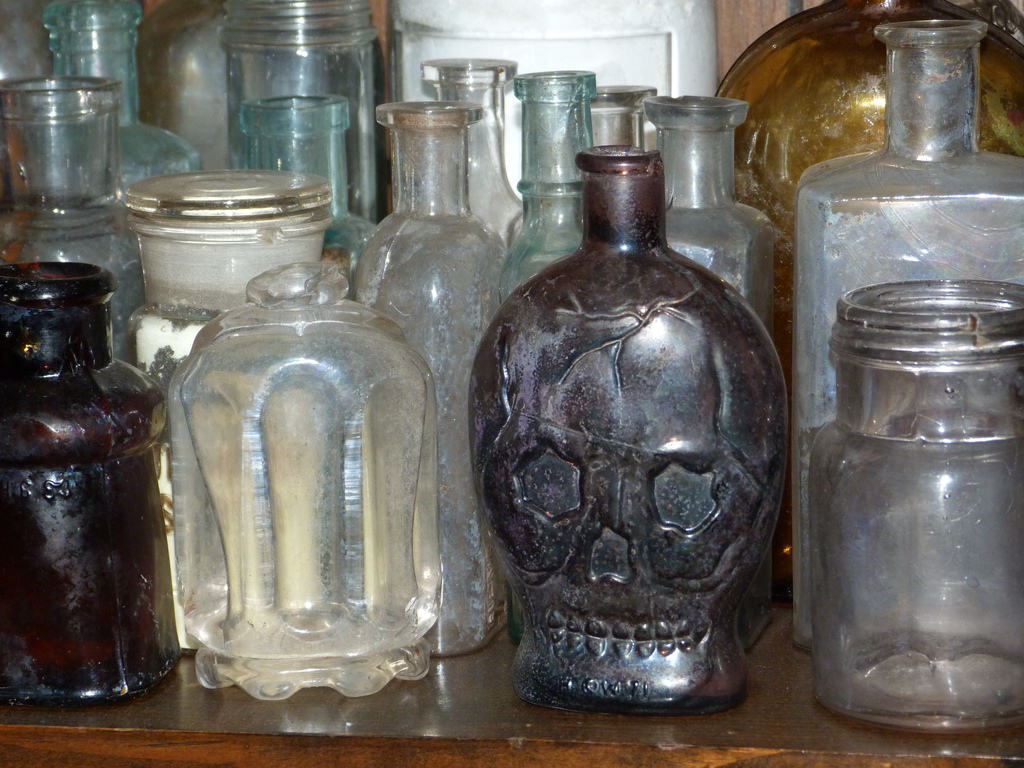
But even if it's worn-out, a very rare bottle will still fetch a good price.
A bottle can be rare for any number of reasons, whether it was manufactured in a limited quantity, or the type is simply so old that most examples have broken long ago.
To determine how rare a bottle is, you'll likely need the help of an expert.
6. Type

The original use of the bottle is also something collectors look at, and, perhaps unsurprisingly, they tend to like the dramatics.
Bottles that once held medicines, beauty products, ink, and even poisons are the most coveted by collectors.
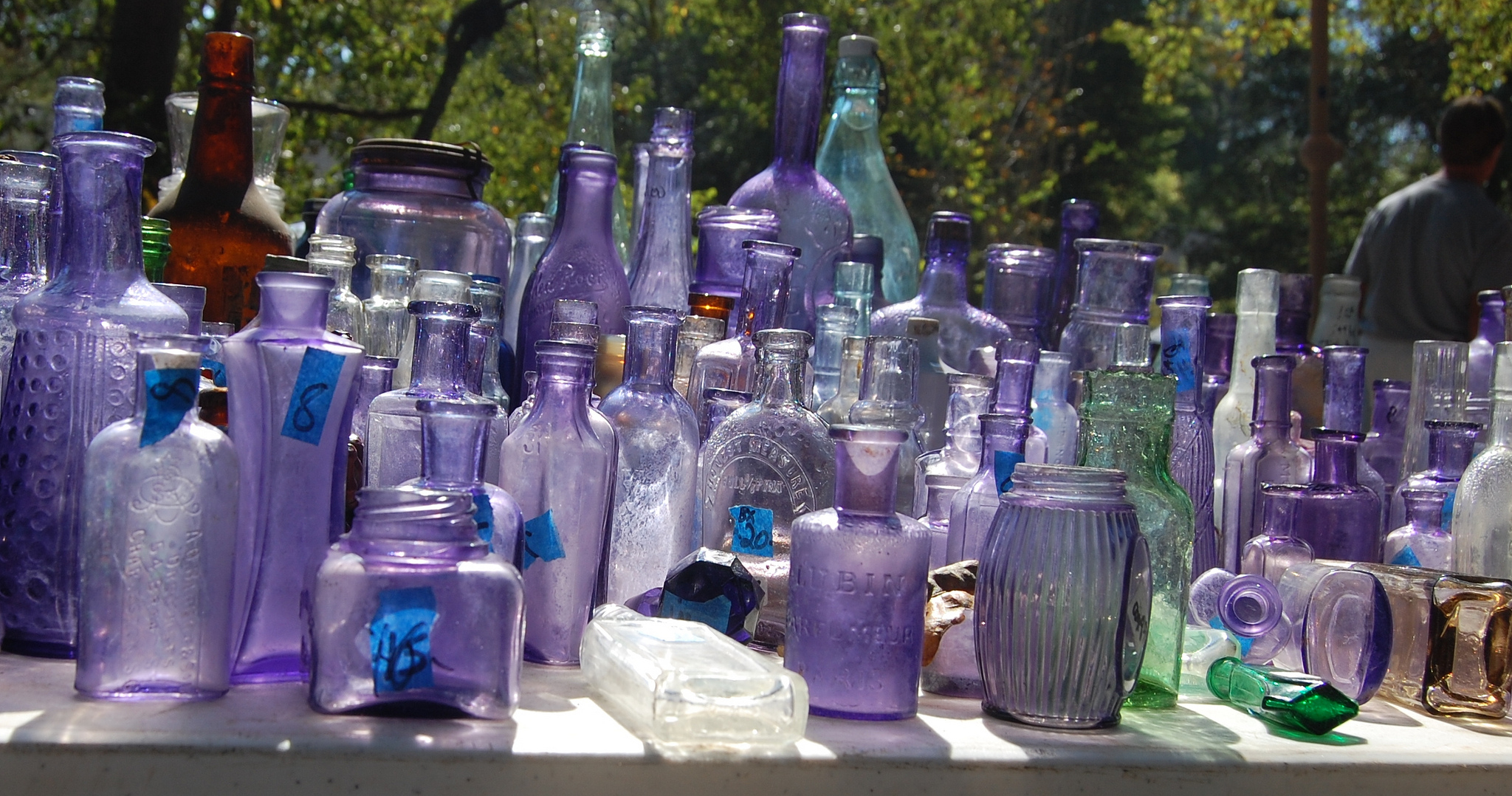
So if you've collected a few old bottles over the years, maybe it's time to look them again with fresh eyes.
Are they an unusual color? Is there a strange design molded into the glass? What might it have held so long ago?
You never know what pieces of history you might have lying around your house at this very moment.
SHARE this information with your antique-hunting friends and see if you can find something amazing!




